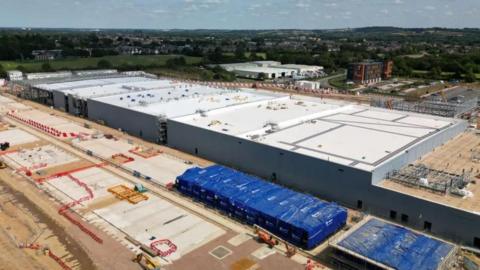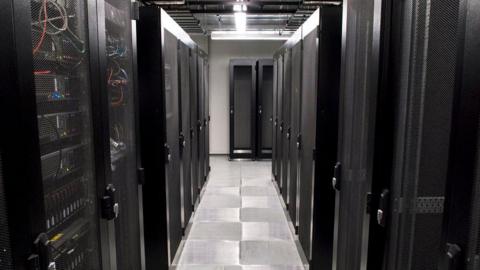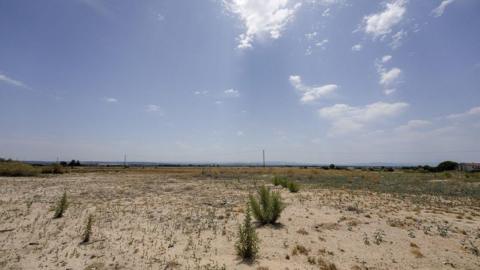The tech industry tends to be cagey about water consumption. Most UK data centres contacted for this article did not respond to our inquiries.
Data centres use fresh, mains water, rather than surface water, so that the pipes, pumps and heat exchangers used to cool racks of servers do not get clogged up with contaminants.
The amount used can vary considerably depending on a number of factors including the surrounding environment; sites in colder, wetter parts of the world tend to require less.
Dr Venkatesh Uddameri, a Texas-based expert in water resources management, says a typical data centre can use between 11 million and 19 million litres of water per day, roughly the same as a town of 30,000 to 50,000 people.
His widely quoted calculations are based on arid, or semi arid, climates and do not take into account recent efficiency improvements or developments in AI.
Microsoft's global water use soared by 34% while it was developing its initial AI tools, and a data centre cluster in Iowa used 6% of the district's water supply in one month during the training of OpenAI's GPT-4.
Local resistance to data centres is growing around the world, particularly in areas where water is scarce.
In Chile, Google stopped building a data centre following concerns about its water use, and it redesigned the cooling system at another in Uruguay following local protests.



